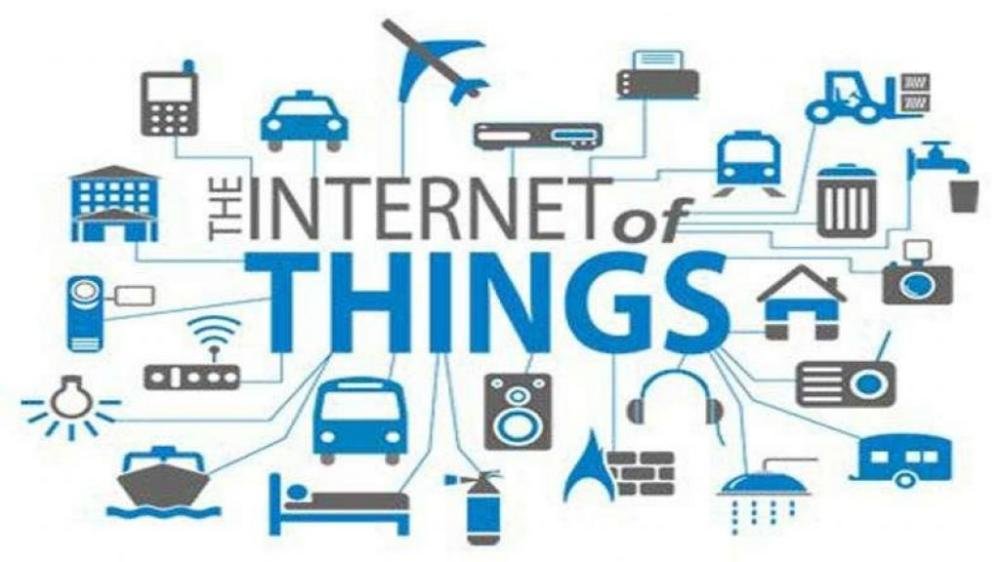Internet of Thing (IoT) - Part 1

Have you ever imagined before about a concept that humans will become passive because machines can analyze their own data and send data to be processed, then the computer will make decisions and then implement them? Interestingly, this has been implemented not only in the factory world but has also penetrated into home applications. So that convenience has been obtained, and practically humans just have to get everything much easier and much simpler
Are you aware that when we play Instagram, many products or articles appear on our timelines related to things we enjoy? Or in the search will appear the type of account that we usually follow or which we often read? Even from articles that are in the form of sponsored accounts, do we need the theme? That is the internet of things, where our data is read, our habits are recorded and sent to the analysis center. Then, the computer will send the articles or accounts that we search for or read the most. And this is not only Instagram, Google has also recorded us, and our budget is also the source for us to be read by the computer.
Internet of Things (IoT) is a concept where a certain object has the ability to transmit data over a network and without any human-to-human or human-to-computer interaction. IoT has started to grow rapidly since the availability of wireless technology, micro-electromechanical systems (MEMS), and of course, the internet. Internet of Things is also often identified with RFID as a communication method. However, IoT can also include other sensor technologies such as wireless technology and QR codes.
The existence of IoT is now so common that we often forget that we are surrounded by conventional goods that are connected to the internet. One simple example is the dual function of a smartphone as a TV remote or AC remote. As technology evolves, IoT will cover more and more facets of our lives. Of course, everyday objects that are connected to the internet will make our lives easier. IoT is the foundation of a smart home or smart living. Without IoT, things like smart pet feeders, smart LED strips, IP cameras, and the like will not be able to be used.
And in the future manufacturing world will make everything easier and more practical. There's not too much human labor involved to produce everything, and Verbindtech has steered technology in that direction.
How the Internet of Things Works
IoT works by utilizing a programming argument, where each argument command can produce an interaction between machines that have been connected automatically without human intervention and without being limited by any distance. The human function here is only to be the supervisor of the machine that works as expected, to be the initial programmer and to be a solution solver when the program has not turned out as expected. Or take over the program manually When there are obstacles from the process of the automatic work of the machine. The most challenging thing is configuring IoT in making the communication network itself, because it is very complex and requires a very tight security system. And of course this makes the cost very expensive, so that its manufacture and development can be hampered.
There are several basic building blocks of IoT including artificial intelligence, connectivity, sensors, active engagement and the use of small devices. In the following, we will briefly explain each of these constituent elements:
• Artificial Intelligence (AI)
IoT makes almost all existing machines capable of thinking independently. With this technology development can develop itself, as long as there is a system that can be built from data collection, artificial intelligence algorithms, and available networks.
• Connectivity
In IoT, there is always the possibility to create/open new networks, and IoT-specific networks. So, this network is no longer tied to only the main provider which is expensive, but can be on a much smaller and cheaper scale. IoT can create such small networks between system devices.
• Sensors
The sensor is the eye of the data that is inputted into the machine, so the machine has the data. With this data, it is processed and then a decision is made which is then executed by the machine. This is what makes the machine an active and independent machine. With this, everything can be applied to real life in our daily lives.
• Active Engagement
With sensors, and artificial intelligence, it will allow machines to have active involvement, so that they can bring up an independent decision without any human intervention in deciding an action that has been previously programmed. The algorithm of a calculation that processes data into a patterned and programmed Action.
• Small Devices
With advances in technology, all devices will become smaller, cheaper, more powerful and smarter. So with this IoT will produce small machines with good and extraordinary accuracy, scalability, and flexibility.